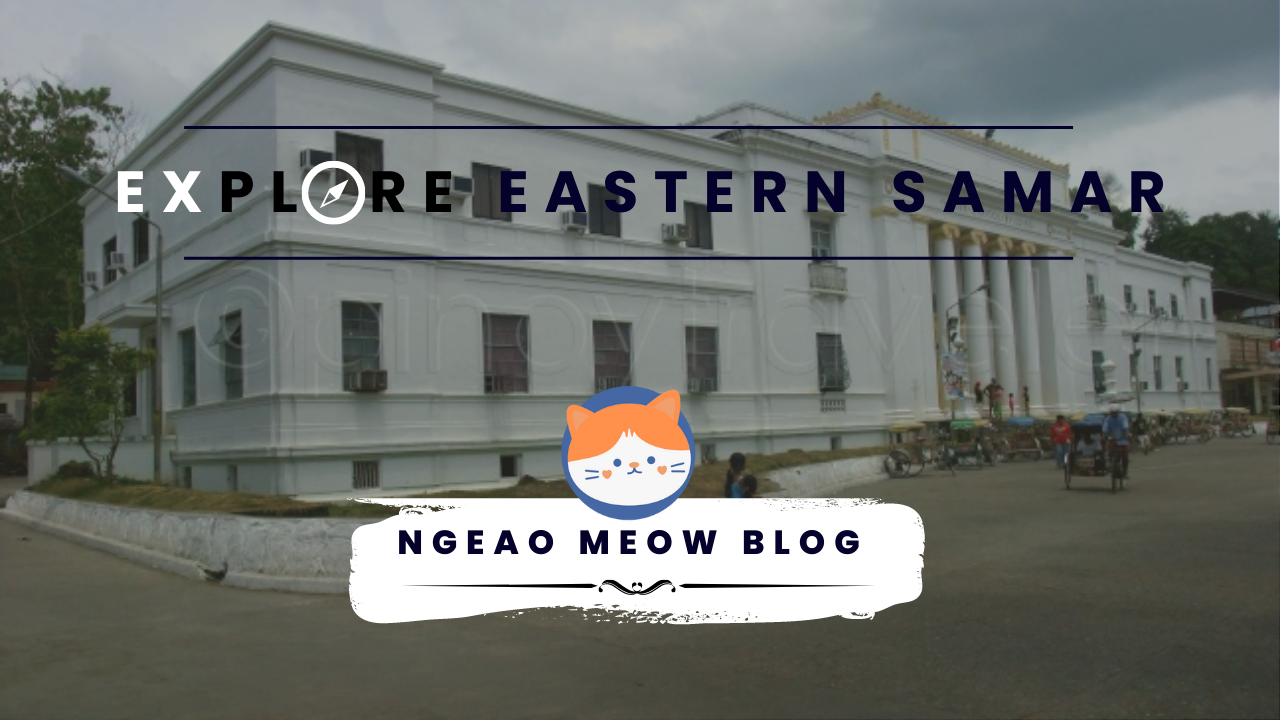
Eastern Samar is a province located in the Eastern Visayas region of the Philippines. According to the 2020 census conducted by the Philippine Statistics Authority (PSA), the province has a total population of 460,891. The largest city in Eastern Samar is Borongan City, which has a population of 69,297.
In terms of economic status, Eastern Samar is considered to be a third-class province, which means it has a relatively low level of economic development compared to other provinces in the Philippines. Agriculture and fishing are the primary sources of income for many people in Eastern Samar, and the province is known for its coconut and abaca (hemp) production. The tourism industry in Eastern Samar is also growing, with attractions such as white sand beaches and natural parks drawing visitors to the area.
It is important to note that the situation in Eastern Samar may have changed since my knowledge cutoff date, so it is best to consult more recent sources for the latest updates.
Eastern Samar is known for its delicious and unique delicacies that are made with local ingredients and traditional methods. Here are some of the most popular native delicacies in Eastern Samar:
- Binagol – This is a sweet dessert made from grated taro mixed with coconut milk, sugar, and sometimes chocolate. The mixture is then wrapped in banana leaves and cooked over a charcoal fire until it becomes firm and sticky.
- Moron – This is a sticky rice cake made from glutinous rice, coconut milk, sugar, and chocolate. The mixture is wrapped in banana leaves and steamed until it becomes firm and sticky.
- Baye-baye – This is a sweet and chewy snack made from grated coconut, sugar, and glutinous rice flour. The mixture is then shaped into small balls and toasted until it becomes slightly crispy on the outside.
- Pili tart – This is a pastry made from pili nuts, which are native to the Philippines. The filling is a mixture of ground pili nuts, sugar, and butter, and it is baked until it becomes golden brown and crispy.
- Balintawak – This is a sweet and tangy dessert made from grated papaya mixed with vinegar, sugar, and ginger. The mixture is then boiled until it becomes thick and syrupy.
These are just a few examples of the many delicious native delicacies that can be found in Eastern Samar. Each town and region may have their own unique specialties, so it’s worth exploring the local markets and food stalls to discover more culinary delights.
How to get there?
There are different ways to travel to Eastern Samar, depending on your starting point and preferred mode of transportation. Here are some of the most common options:
- By air – The most convenient way to reach Eastern Samar is by taking a domestic flight to the nearest airport, which is the Borongan Airport located in the capital city of Borongan. There are several airlines that offer daily flights from Manila to Borongan, such as Cebu Pacific and Philippine Airlines.
- By land and sea – Another option is to take a combination of land and sea transportation to reach Eastern Samar. From Manila, you can take a bus or drive to the port of Matnog in Sorsogon, which is the jump-off point for the Roll-on/Roll-off (RoRo) ferries that travel to the port of Allen in Northern Samar. From Allen, you can take another ferry or bus to Eastern Samar.
- By bus – There are also bus companies that offer direct trips from Manila to Borongan, which takes around 20-24 hours. The bus trip includes several stopovers and a ferry ride to cross the San Bernardino Strait.
Once you arrive in Eastern Samar, you can explore the province by taking local transportation such as jeepneys, tricycles, or habal-habal (motorcycles). It’s also recommended to hire a tour guide or rent a car or motorcycle for more convenient travel around the province.
History
Eastern Samar is one of the provinces located in the Eastern Visayas region of the Philippines. The province is believed to have been inhabited by various indigenous groups long before the arrival of Spanish colonizers in the 16th century.
In the late 16th century, Spanish explorers led by Captain Pedro de Unamuno arrived in Eastern Samar and established several settlements in the area. The Spanish named the province “Isla de Salcedo” after the conquistador, Miguel López de Legazpi’s grandson, who led the expedition to the area.
During the Spanish colonial period, Eastern Samar was primarily under the jurisdiction of the town of Guiuan, which was founded in 1595. The province was later established as a separate politico-military province in 1861, with Borongan as its capital.
The province played a significant role in the Philippine Revolution against Spanish colonial rule in the late 19th century. Eastern Samar was one of the first provinces to rise up in rebellion, with local revolutionary leaders such as Vicente Lukban and Francisco Dagohoy leading the fight against Spanish forces.
After the Philippines gained independence from the United States in 1946, Eastern Samar remained as a province under the Philippine government. The province has since undergone several changes in its political and administrative boundaries, and has experienced natural disasters such as typhoons and earthquakes.
Despite these challenges, Eastern Samar remains a culturally rich and diverse province, known for its beautiful natural attractions and unique native delicacies.

